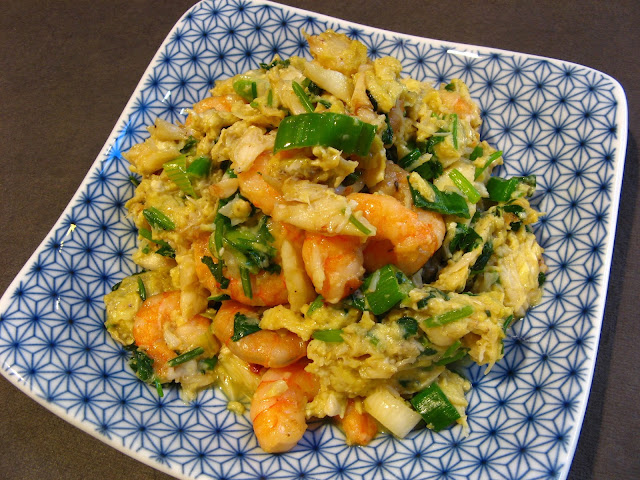I used some high quality ingredients to make this simple
dish. I found thinly sliced Kobe-style beef used for Shabu Shabu (Japanese hot
pot) at a nearby Japanese market on sale and decided to use it in a stir fry
dish. The beef is already tender, so there’s no need to use baking soda as a
tenderizer. I also used whole Shiitake mushrooms in the dish that I bought at
my local Chinese dried goods and herb store. These Shiitake mushrooms are
higher quality than those available at Asian markets, and are not much more
expensive. These mushrooms are meatier and their outside appearance is more flower like
(which is prized in Shiitake mushrooms). Finally, asparagus is the final ingredient
used to complete the dish.
Enjoy!






